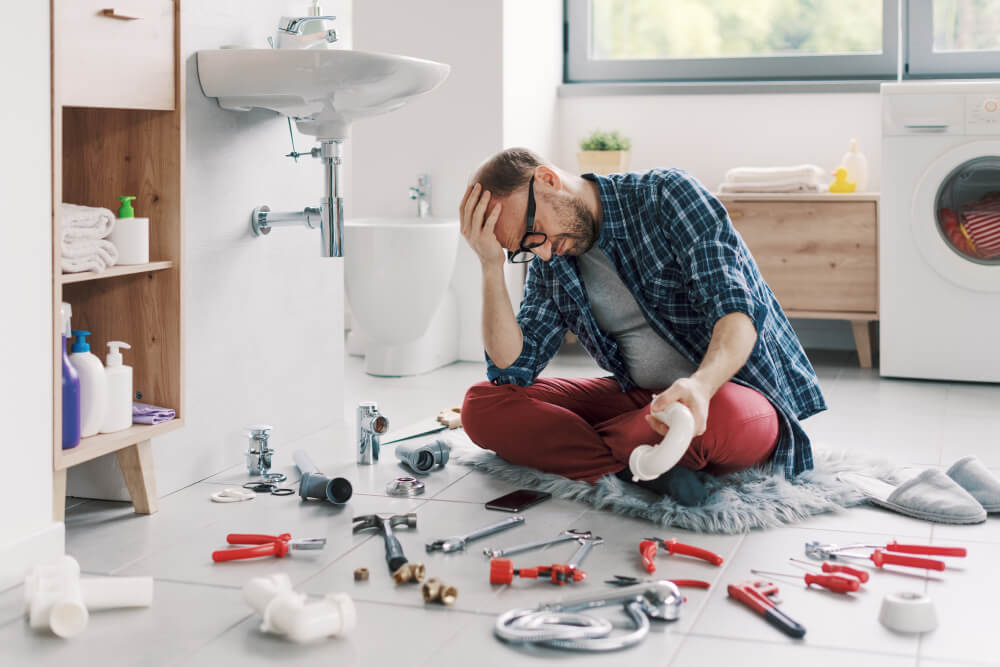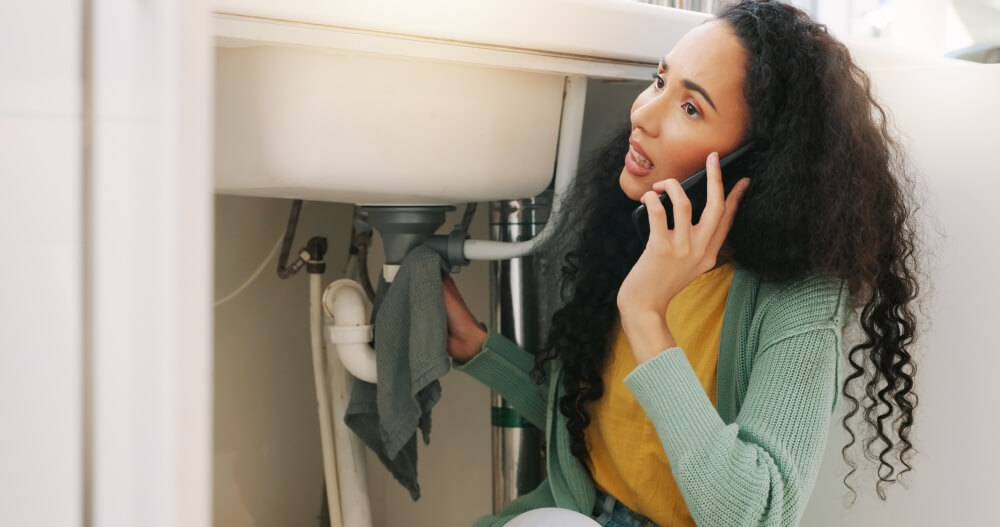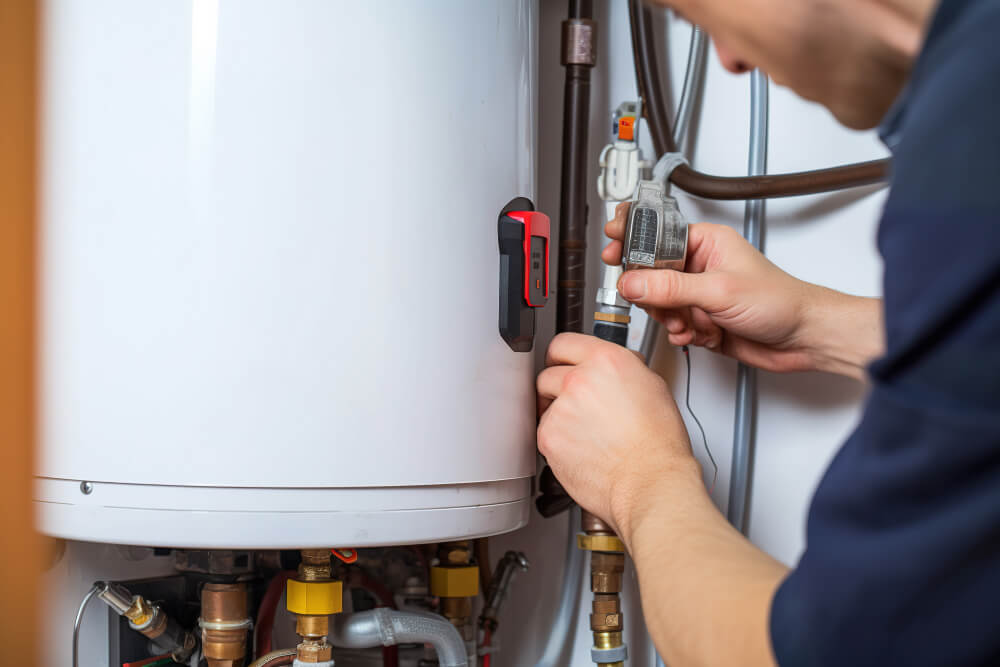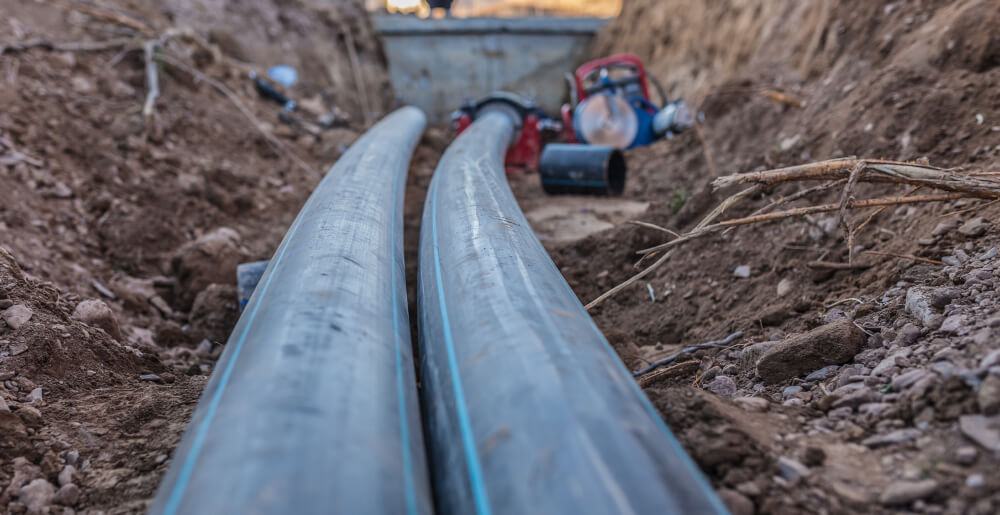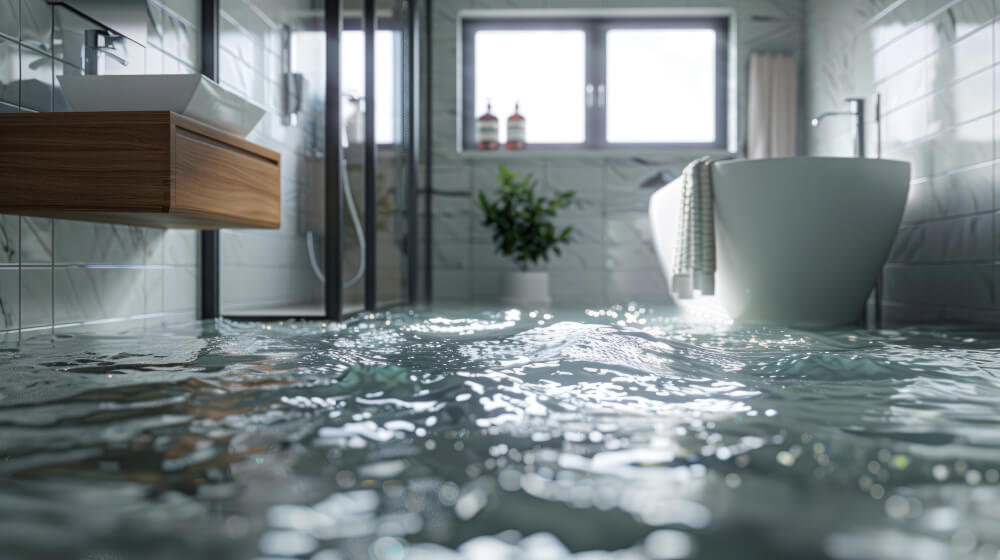Why Plumbing Codes and Permits Matter
SafetyPlumbing codes are designed to protect the health and safety of the occupants by ensuring that plumbing systems are installed and maintained properly. Adhering to these codes helps prevent issues like leaks, backflow, and water contamination.
CompliancePermits ensure that your renovation project complies with local building regulations. Failure to obtain the necessary permits can result in fines, project delays, and even the need to undo completed work.
Property ValueProperly permitted and code-compliant renovations can increase your property’s value. When it comes time to sell, potential buyers and their inspectors will appreciate the assurance that the plumbing work was done correctly.
Understanding Plumbing Codes
Plumbing codes vary by location, but they all aim to ensure the safety and functionality of plumbing systems. Here are some key components commonly found in plumbing codes:
Pipe Sizing and Materials- Pipe Sizing: Codes specify the minimum diameter for pipes to ensure adequate water flow and pressure. For example, a typical residential main water line might require a 3/4-inch pipe, while branch lines to fixtures might be 1/2 inch.
- Materials: Approved materials for pipes and fittings often include copper, PEX, PVC, and ABS. Each material has its own advantages and code requirements depending on the application.
- Spacing and Accessibility: Codes provide guidelines on the placement and spacing of fixtures like toilets, sinks, and showers to ensure accessibility and usability.
- Trap Requirements: Each fixture must have a trap to prevent sewer gases from entering the home. The type and placement of traps are specified in the code.
- Purpose: Proper venting is essential for maintaining neutral air pressure in the plumbing system, allowing water to flow smoothly and preventing sewer gases from entering the home.
- Code Requirements: Codes specify the size, length, and placement of vent pipes to ensure adequate ventilation for all fixtures.
- Importance: Backflow prevention devices are required to protect the potable water supply from contamination due to backflow.
- Types of Devices: Common devices include air gaps, check valves, and vacuum breakers. Codes dictate where and how these devices must be installed.
- Pipe Slope: Drain pipes must have a proper slope to ensure efficient drainage and prevent clogs. Codes typically require a slope of 1/4 inch per foot for horizontal drains.
- Cleanouts: Accessible cleanouts must be installed at strategic points in the drainage system to allow for easy maintenance and blockage removal.
Join HICP Homeowner’s Alliance
Connect with experts, get special discounts and enjoy member benefits
Obtaining Plumbing Permits
The process for obtaining plumbing permits can vary by location, but here are the general steps involved:
Determine Permit Requirements- Check Local Regulations: Contact your local building department or visit their website to determine what types of plumbing work require a permit. Common projects needing permits include new installations, major repairs, and system replacements.
- Consult with Professionals: If you’re unsure about permit requirements, consult with a licensed plumber or contractor who is familiar with local codes and regulations.
- Prepare Documentation: Gather all necessary documentation, including project plans, specifications, and details about the materials and fixtures you’ll be using.
- Complete the Application: Fill out the permit application form provided by your local building department. Be thorough and accurate to avoid delays.
- Review Process: The building department will review your application and plans to ensure they comply with local codes and regulations.
- Revisions: You may be asked to make revisions to your plans if they do not meet code requirements. Be prepared to address any concerns or questions from the reviewers.
- Permit Fees: Pay the required permit fees, which can vary based on the scope and complexity of your project. Keep the receipt as proof of payment.
- Issuance: Once your application is approved and fees are paid, you will receive your plumbing permit. Make sure to display it as required, typically at the job site.
Inspections
After obtaining your permit and beginning your renovation project, inspections are a crucial part of the process to ensure compliance with plumbing codes.
Scheduling Inspections- When to Schedule: Inspections are typically required at various stages of the project, such as after rough-in work is completed and before walls are closed up, and upon project completion.
- How to Schedule: Contact your local building department to schedule inspections. Be prepared to provide your permit number and details about the work completed.
- Accessibility: Ensure that all areas requiring inspection are easily accessible to the inspector. This includes uncovering any concealed pipes or fixtures.
- Documentation: Have your permit and any related documentation available for the inspector to review.
- Inspection Process: The inspector will examine the work to ensure it complies with the approved plans and plumbing codes. They may use tools and instruments to check pipe sizes, slopes, and connections.
- Addressing Issues: If any issues are found, the inspector will provide a list of required corrections. Make the necessary changes and schedule a follow-up inspection.
Working with Professionals
For most plumbing renovations, especially those requiring permits, it’s advisable to work with licensed professionals.
Hiring a Licensed Plumber- Verification: Ensure the plumber is licensed and insured. Check their credentials with your local licensing board.
- References: Ask for references and read reviews to gauge their experience and reliability.
- Code Compliance: A licensed plumber will be familiar with local codes and regulations and ensure your project complies with all requirements.
- Permit Process: Many plumbers will handle the permit application and inspection process on your behalf, saving you time and ensuring accuracy.
Understanding plumbing codes and permits is essential for any home renovation project involving plumbing work. By adhering to these regulations, you ensure the safety, legality, and quality of your renovations. Proper planning, obtaining the necessary permits, and working with licensed professionals can help you avoid common pitfalls and complete your project successfully. Remember, taking the time to do it right the first time can save you from costly repairs and headaches down the road.

